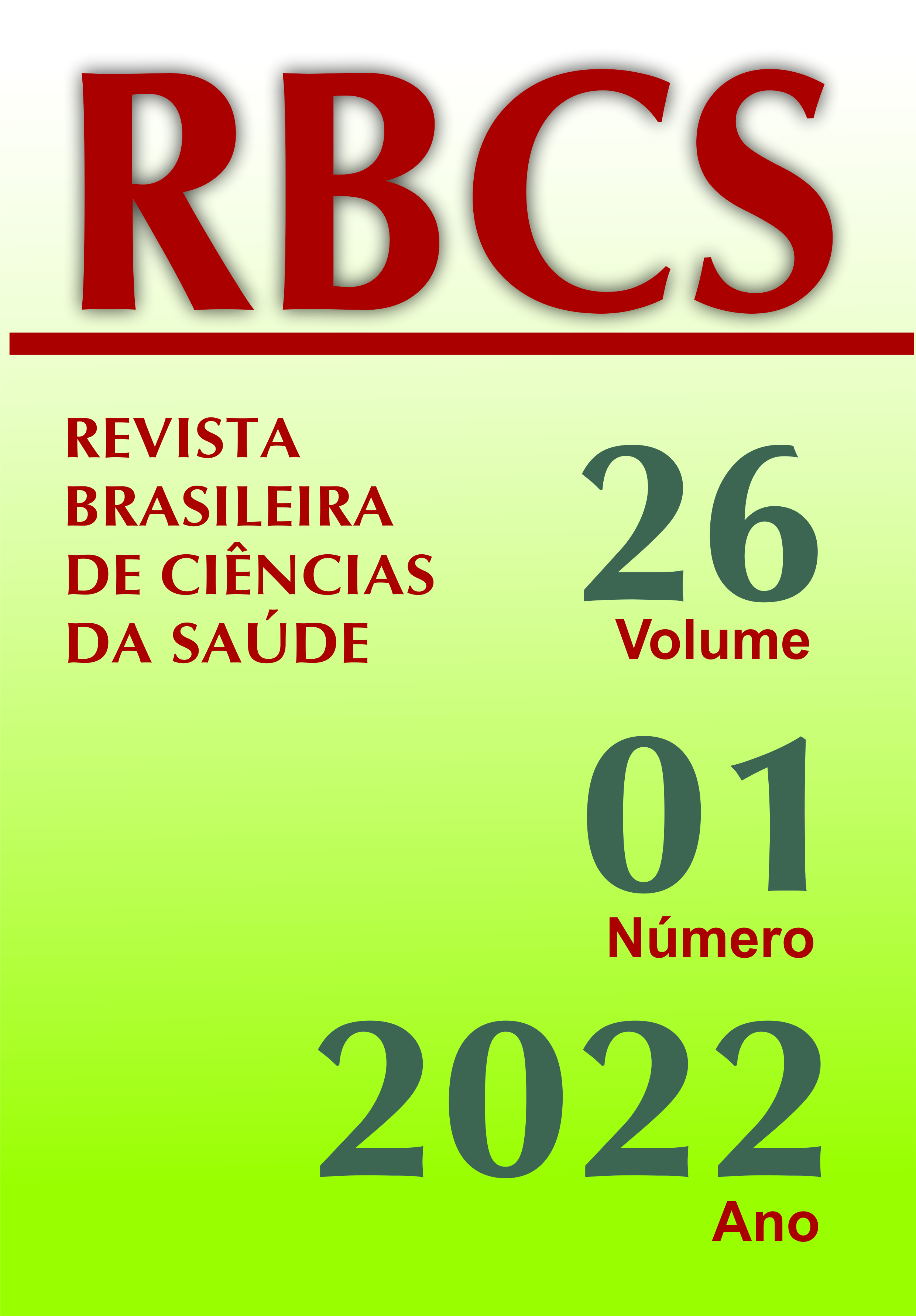PROFILE OF CHILDREN AND ADOLESCENTS WITH CENTRAL NERVOUS SYSTEM TUMORS IN NORTHEASTERN BRAZIL, 2010-2016.
DOI:
https://doi.org/10.22478/ufpb.2317-6032.2022v26n1.62245Keywords:
Central Nervous System Diseases; Early Detection of Cancer; Neoplasms; Child Care; adolescent.Abstract
Objective: To describe demographic, clinical and treatment characteristics of children and adolescents diagnosed with Central Nervous System (CNS) tumors in northeastern Brazil, from 2010 to 2016. Method: Cross-sectional, retrospective, secondary-based study in pediatric cancer patients (0-19 years) with CNS tumors, registered in the Northeastern Hospital Cancer Registry. Demographic, clinical and treatment variables were descriptively analyzed. Results: A total of 1,124 patients were included, with a mean age of 8.2 (±5.2) years, predominantly male children and adolescents (53.3%), from 5 to 9 years (31.5%) and brown. (71%). The states with the most records were Bahia (24.8%) and Pernambuco (20.8%). Thus, the brain was the most affected primary site (90.8%) and the brain the most affected organ (29.1%). As for the origin of the referral, Brazilian Unified National Health System (SUS) prevailed (85%), pediatric oncology was the most used treatment clinic (37.4%), with tumor histology as the most important basis for diagnosis (76.6%) and the time elapsed between diagnosis and beginning of cancer treatment, for most patients, was less than or equal to 60 days (66.5%). Chemotherapy was the first hospital treatment most frequently administered (35.6%), with clinical stability being most observed after this stage (31.5%). Conclusion: CNS tumors were most frequently diagnosed in male gender, in patients aged 5 to 9 years, assisted in pediatric oncology, diagnosed through histology of the primary tumor, treated by chemotherapy, with clinical stability, with significant cases of delayed institution of anticancer therapy.


